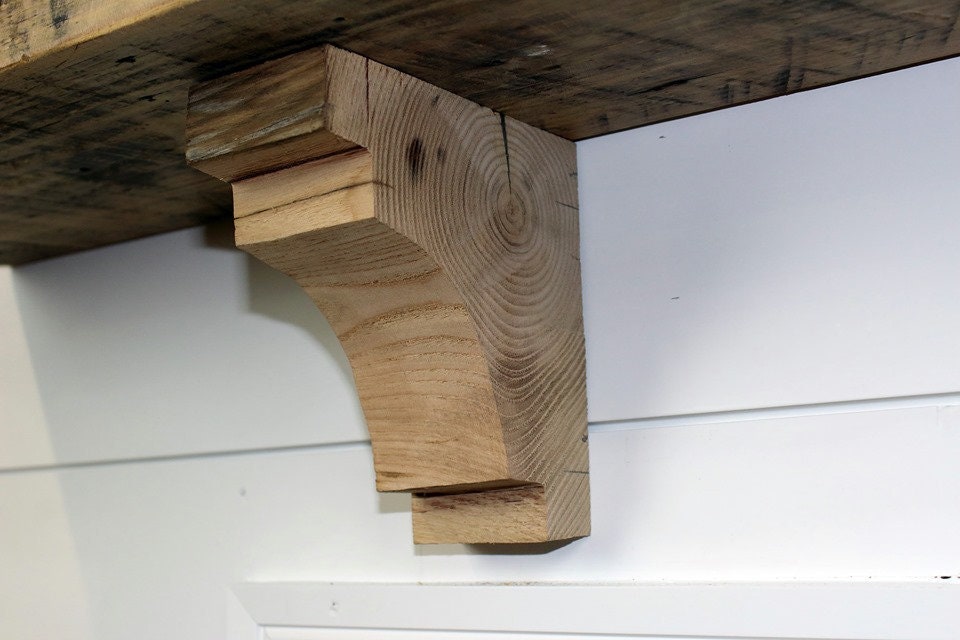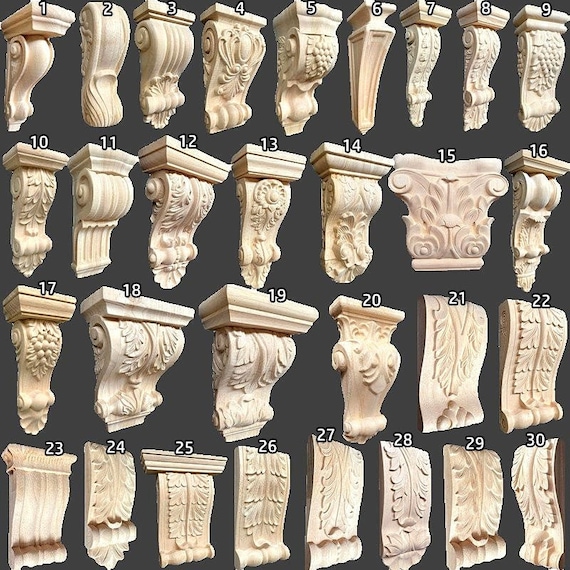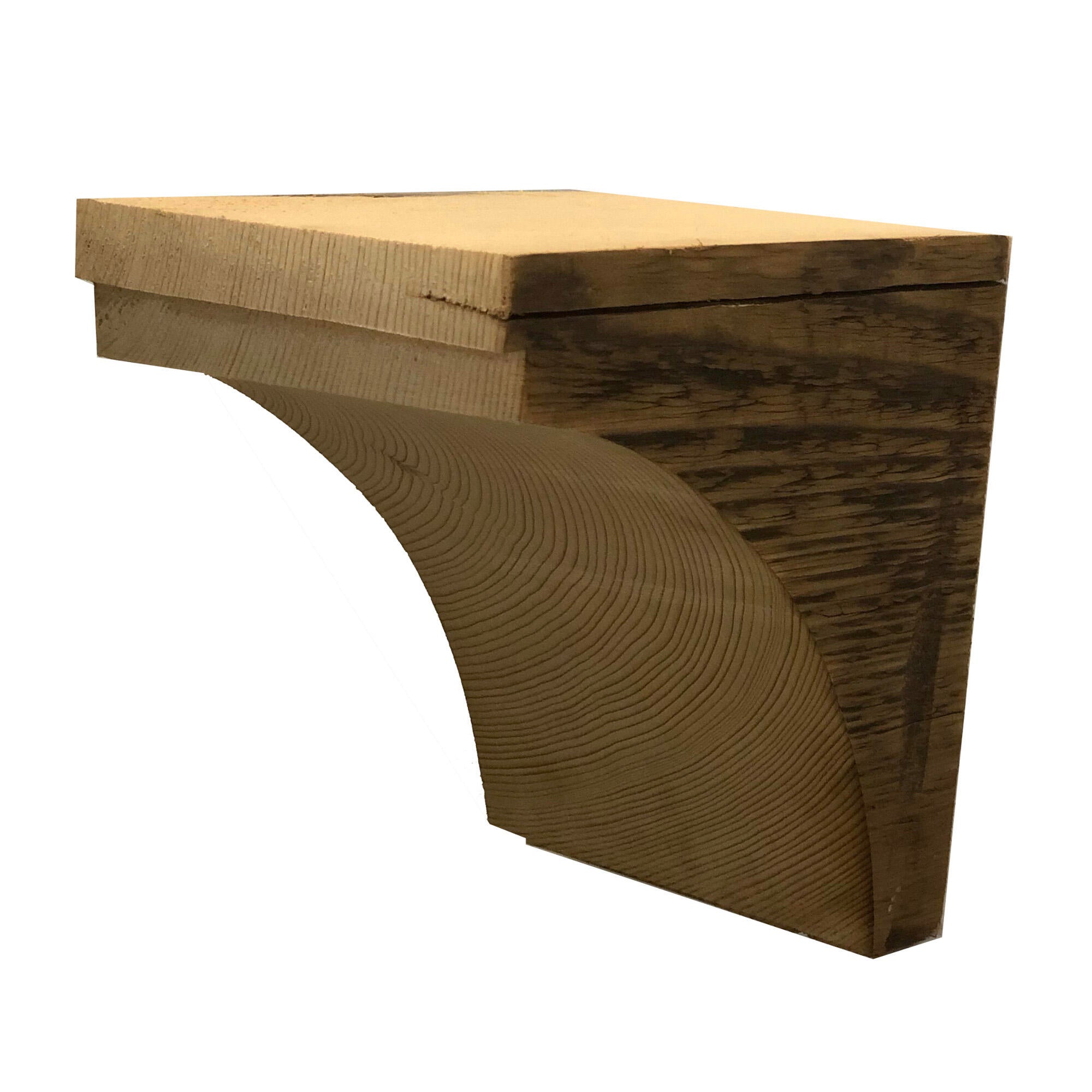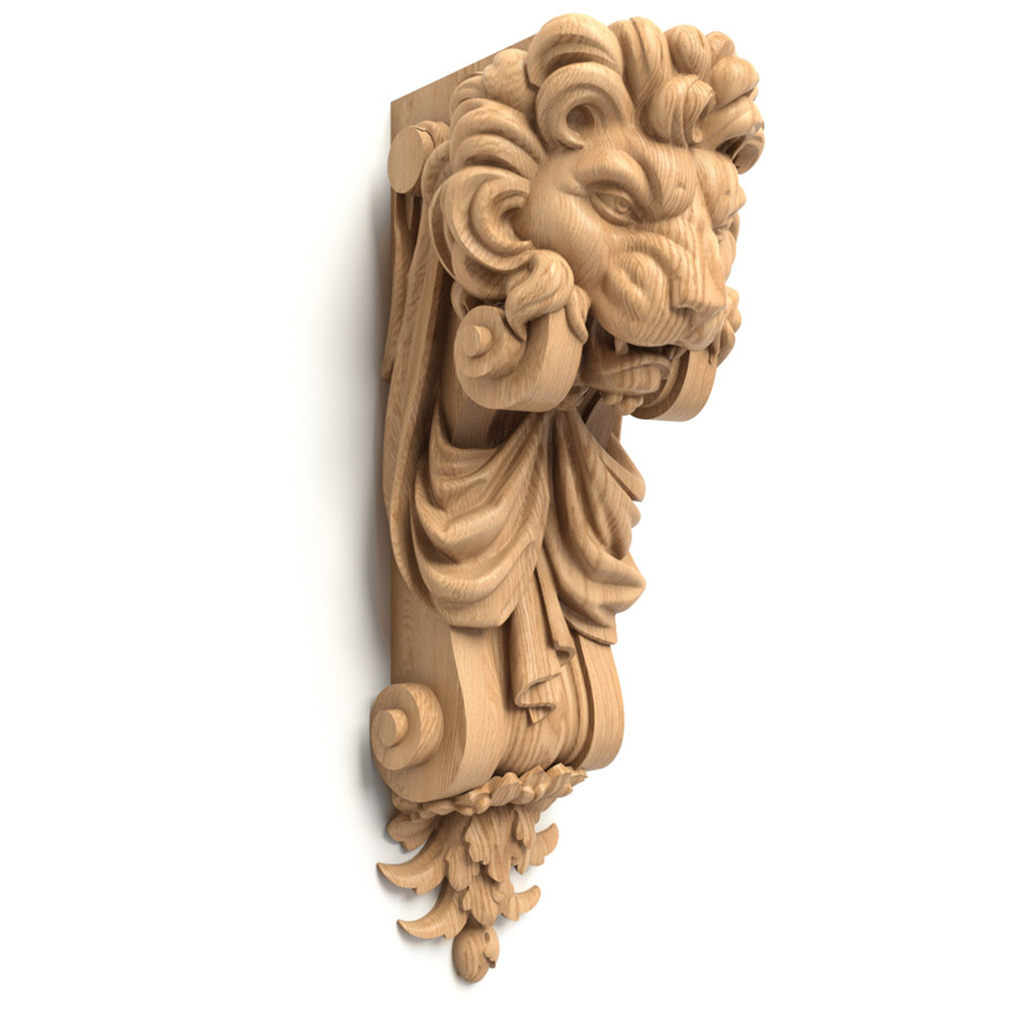Decorative wood corbels are more than mere supports; they are enchanting details that can significantly enhance the aesthetic appeal of your home. With their rich textures and intricate designs, these architectural elements offer both function and flair. In this article, we will delve deep into the world of decorative wood corbels, exploring their history, varieties, installation methods, and much more.
What Are Decorative Wood Corbels?
Corbels are architectural supports that project from a wall to support a weight or shelf. When made of wood, they are often elaborately carved, adding a decorative touch to a structure while serving a practical purpose.
The History of Corbels
Corbels date back to ancient architecture, serving essential structural purposes in cathedrals, bridges, and homes. Their evolution from simple supports to elaborate designs showcases craftsmanship throughout the ages. Today, they remain a popular choice for enhancing both classic and modern interiors.
Types of Decorative Wood Corbels
1. Traditional Corbels
Traditional corbels often feature intricate designs and carvings, reflecting historical architecture styles such as Victorian, Gothic, or Baroque.
2. Modern Corbels
Modern corbels embrace minimalist design. They are typically simpler in form, focusing on clean lines and understated aesthetics.
3. Rustic Corbels
Rustic corbels provide a cozy, farmhouse feel. Made from reclaimed wood, they are perfect for achieving a warm, inviting look.
4. Custom Corbels
For those seeking uniqueness, custom corbels can be designed to fit personal styles, spaces, or designs perfectly.

Materials Used in Decorative Wood Corbels
1. Hardwoods
Hardwoods like oak, maple, and cherry are popular choices due to their durability and rich grain patterns.
2. Softwoods
Pine and cedar are commonly used for lighter structures and are often more affordable.

3. Engineered Woods
Products like MDF or plywood can be utilized for cost-effective and versatile options, especially for painted finishes.
Choosing the Right Corbel for Your Space
When selecting a corbel, consider the following factors:
- Size: Ensure the corbel is proportionate to the shelf or countertop it will support.
- Style: Match the corbel to your overall interior design theme.
- Finish: Choose a finish that complements other elements in your space.

How to Install Decorative Wood Corbels
Tools Required
- Stud finder
- Drill
- Wood screws
- Level
- Measuring tape
Installation Steps
- Locate the studs in the wall where you want to install the corbels.
- Measure and mark the desired height for the corbels.
- Attach the corbels to the wall using wood screws, ensuring they are level.
- Allow the adhesive or paint to dry if applicable.

Pros and Cons of Decorative Wood Corbels
Pros
- Adds character and charm.
- Provides functional support for shelves and countertops.
- Available in a variety of styles and materials.
Cons
- Can be expensive depending on the material.
- Installation may require specialized tools and skills.
- May not suit a minimalist aesthetic.

Comparative Analysis of Corbel Styles
| Corbel Type | Design Style | Material Options | Price Range |
|---|---|---|---|
| Traditional | Ornate | Hardwoods | $$$ |
| Modern | Sleek | Softwoods, MDF | $$ |
| Rustic | Cozy | Reclaimed wood | $$$ |
| Custom | Varied | Any | $$$$ |
Personal Experience: My Journey with Decorative Wood Corbels
When I first decided to enhance my living space, I stumbled upon decorative wood corbels at a home improvement store. Drawn to their beauty, I chose a set of rustic corbels to match my farmhouse kitchen’s aesthetic. After my husband helped with the installation, I was thrilled with how they transformed the space. Not only did they serve a practical purpose by supporting open shelving, but they also added an element of warmth and character that I had been longing for.

Care and Maintenance of Wood Corbels
To preserve the beauty of your decorative wood corbels, regular maintenance is key. Here are some tips:
- Dust regularly to prevent buildup.
- Use a mild cleaner and a soft cloth for more thorough cleaning.
- Apply wood polish or wax every few months to maintain shine and protect the finish.
Frequently Asked Questions (FAQs)
1. Can I install decorative wood corbels myself?
Yes, with the right tools and some basic DIY skills, you can install corbels yourself.

2. What are the best wood types for outdoor corbels?
For outdoor applications, consider durable woods like teak or cedar, which can withstand the elements.
3. How do I choose the right size corbel for my shelf?
A general rule is that the corbel should be at least 1/3 the length of the shelf it’s supporting.
4. Are wood corbels load-bearing?
While they can provide support, the actual load-bearing capacity will depend on the installation and material used.
5. Can I paint or stain my corbels?
Absolutely! Painting or staining allows you to customize corbels to match your interior decor.
Conclusion
Decorative wood corbels are a delightful way to enhance your interior design while adding functional support. By understanding the various types, materials, and installation methods, you can choose the perfect corbels that suit your style and needs. Whether you prefer a traditional, modern, or rustic look, corbels can provide the finishing touch to transform any space into a work of art.